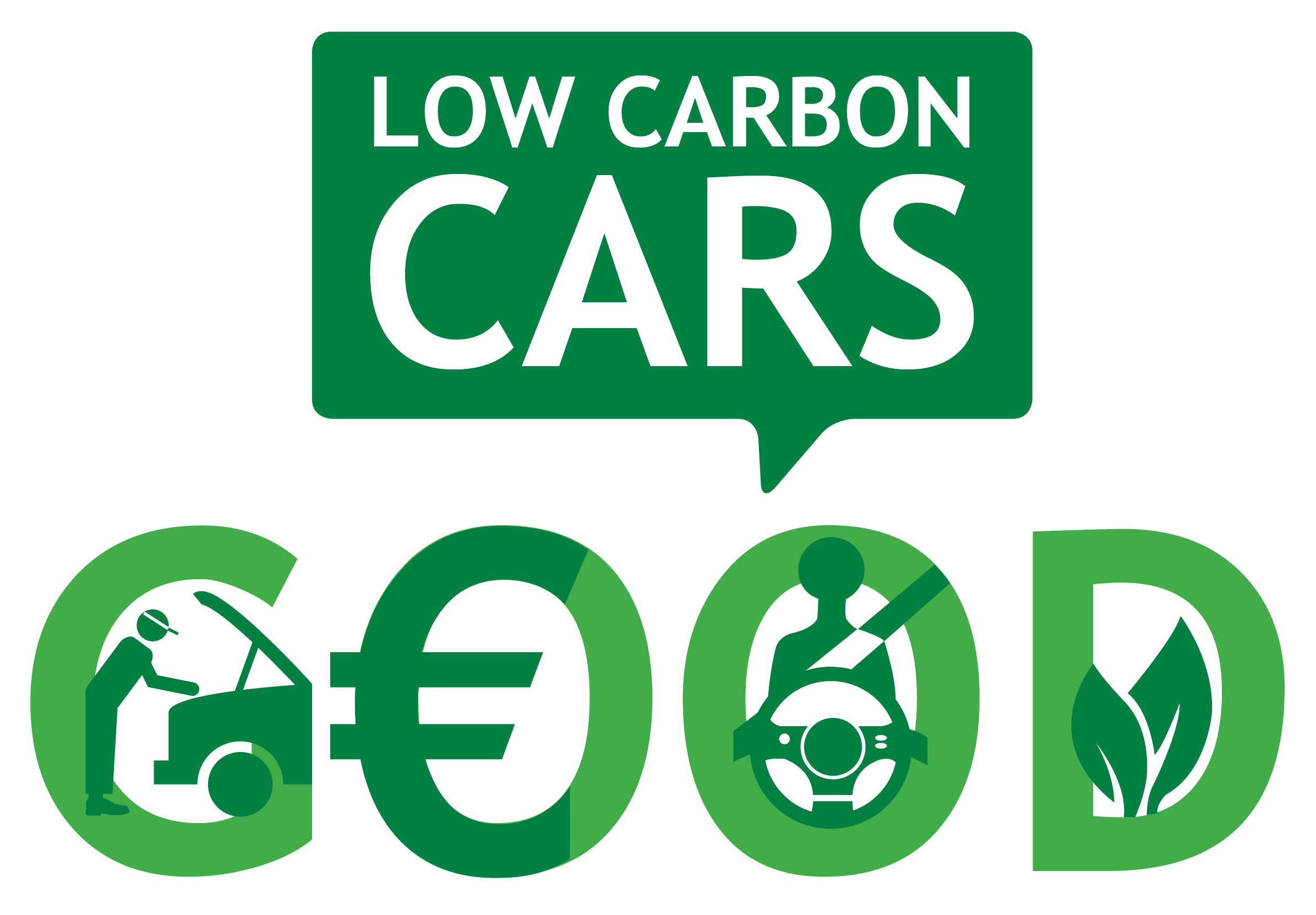
Driving down vehicle emissions post-2020
This blogpost was first published by EurActiv.A vote in the European Parliament this week finalised CO2 targets for new cars in 2020. But the agreement also highlights a policy-chasm in plans to reduce emissions from vehicles after 2020.
Interested in this kind of news?
Receive them directly in your inbox. Delivered once a week.
Back in June 2013, a first reading agreement was reached between the European Parliament, Commission and Council setting a 95g(CO2)/km target for the average new car sold in 2020. The deal reduced emissions by 27% between 2015 and 2020, saving drivers around €750 per year on their fuel bills. It also stimulated innovation in new technologies, enhancing the competitiveness of the European automotive industry and reducing demand for imported oil – boosting the EU economy. Yet within hours of the agreement being made, Chancellor Merkel had pressured the Irish Presidency to force an unprecedented delay on the vote in Council. A series of dirty deals between Germany and other Member States then required a renegotiation.
The bankrolling of Mrs Merkel’s Christian Democratic party by BMW’s principal shareholder cast a shadow over the new negotiations with the Commission and Parliament. But a new agreement was reached in November, delaying the introduction of the target until 2021 as well as adding extra flexibility on supercredits (additional allowances for electric cars). The result on paper was an unnecessary weakening of the 2020 target by around 5g/km. In the real world, this means that drivers will pay around €775 more in fuel over the lifetime of a car – which will cumulatively emit 50 million tonnes more CO2. Nevertheless, the regulation remains highly effective in reducing emissions from new cars. Emissions from new cars have declined by more than a third since the law was adopted in 2009, tripling the rate of improvement compared to the previous failed carmaker “voluntary agreement.”
The agreement on emissions from cars and vans for 2020 and the recent Commission announcement of the proposed Climate and Energy Package, highlights the need to consider how vehicle emissions should be tackled post-2020. Road vehicles account for 14% of EU-CO2 emissions, but as yet both Member States and the Commission have refused to follow the European Parliament in calling for a 2025 target for cars of 68-78g/km, and one of equivalent stringency for vans. Commission President José Manuel Barroso, cowed by the German intervention, is currently blocking the release of a Commission communication on tackling future emissions from both cars and lorries, thereby delaying urgently needed consultation. Meanwhile, the publication of the 2030 Climate and Energy Package caused further uncertainty and confusion by suggesting that the Fuel Quality Directive (which is designed to reduce the carbon intensity of transport fuels) will not continue beyond 2020. This creates the risk that reduced emissions from vehicles will be offset by higher emissions from the extraction and production of heavy oils, which are then imported into the EU.
If the Commission is shirking its responsibility on how to reduce transport emissions after 2020, then the Council is schizophrenic. After calling for more generous allowances for manufacturers of electric cars (supercredits) in the cars regulation, Council is now blocking the development of an EU-wide recharging network for users of plug-in vehicles. The debate has descended to argument over the shape of different European plugs! This lack of coherent and consistent thinking is likely to mean that the EU will not have established the necessary infrastructure by the crucial 2020-2030 period in which alternatively-powered vehicles are expected to compete increasingly strongly with oil-burning vehicles.
Progress to strengthen the obsolete testing system for cars may also be reaching an impasse. The Commission’s deadline to introduce a new test by 2017 is being strongly resisted by carmakers keen to be able to continue to exploit loopholes in the current test for another decade. Up to a half of the emissions reductions measured in official tests are not achieved by cars on the road. To avoid the issue dragging on, the Commission should close the loopholes in the current procedure and introduce on-road testing of production cars. To restore consumer trust, European countries must back the Commission and push for the early introduction of the new test.
With a hard-fought agreement finally reached on cars and vans for 2020, one important milestone has been reached. However the drive to reduce emissions from all vehicles and fuels post-2020 is likely to be even more contentious.
